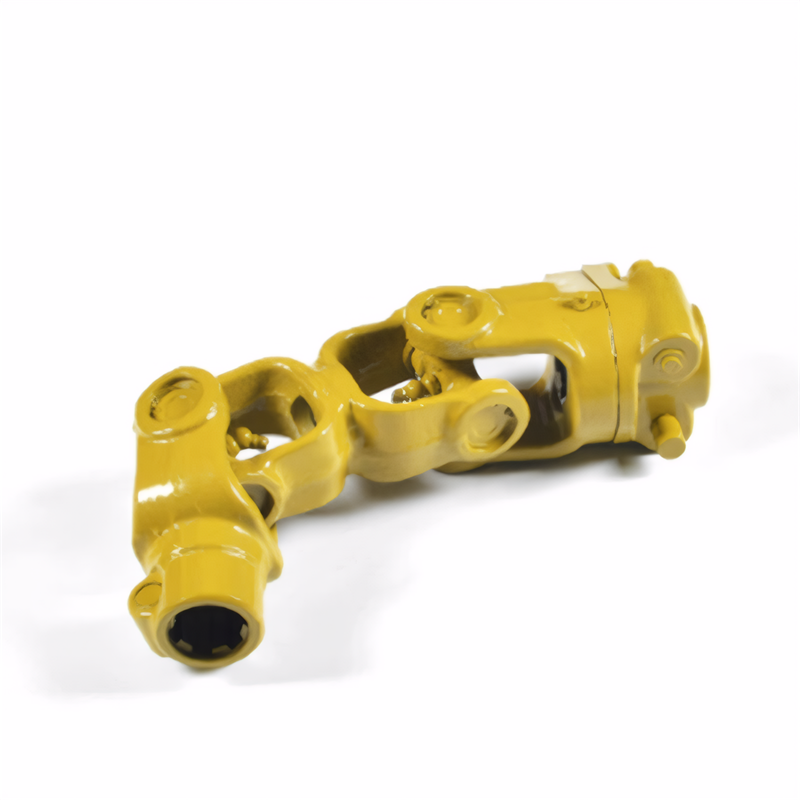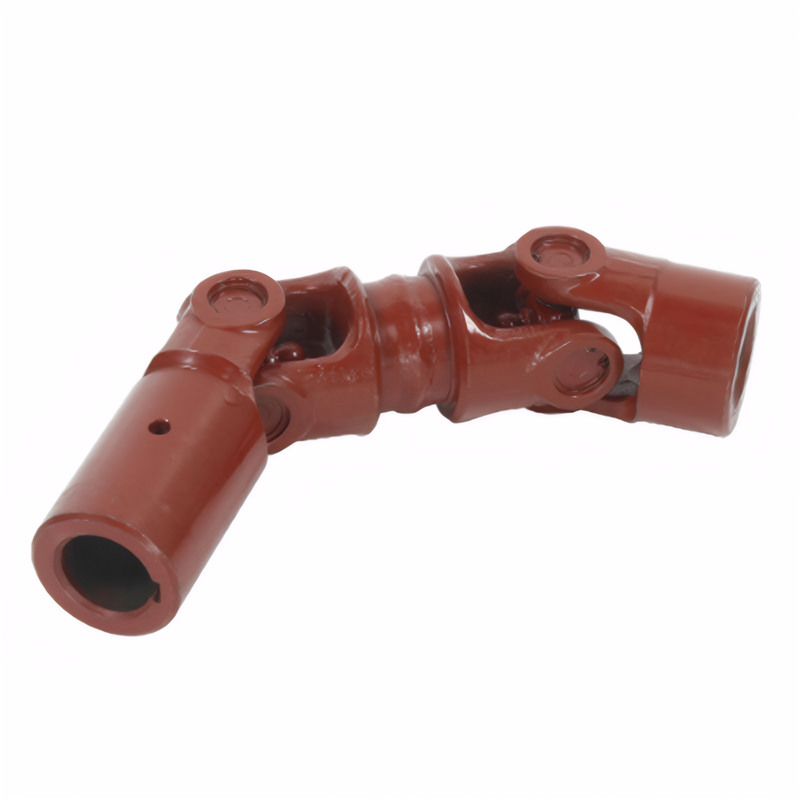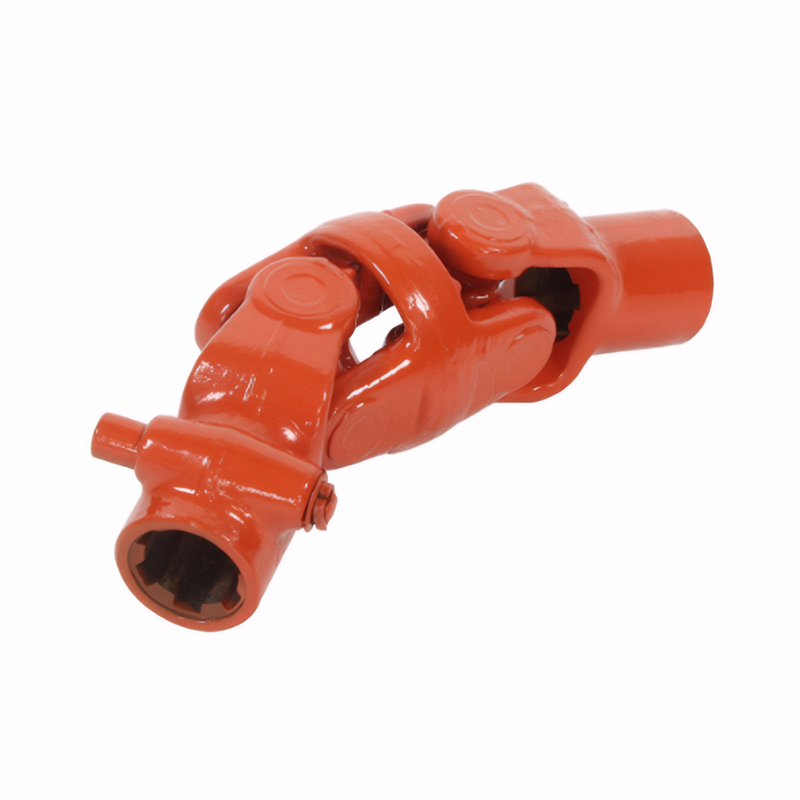Key points of CNC processing services for plastic products in the repair process of splined shafts of drive shafts
Repair Techniques for Transmission Shaft Spline Shafts
Stack Welding Repair for Worn Splines
When spline teeth exhibit significant wear, stack welding offers a robust solution. This process involves machining the worn area to remove damaged metal, then depositing layers of wear-resistant material such as stainless steel or nickel-based alloys. For example, in cases where spline teeth are deformed due to prolonged exposure to high torque, stack welding restores dimensional accuracy while enhancing surface hardness. After welding, the repaired area undergoes stress relief annealing to minimize residual stresses, followed by precision machining to achieve the original tooth profile. This method is particularly effective for heavy-duty applications where the spline shaft operates under extreme mechanical loads.
Plastic Deformation Repair for Minor Damage
For spline shafts with minor surface irregularities or shallow cracks, plastic deformation techniques like cold rolling or shot peening can be employed. Cold rolling uses specialized rollers to apply controlled pressure to the spline teeth, smoothing out surface defects and inducing compressive residual stresses that improve fatigue resistance. Shot peening, on the other hand, involves bombarding the spline surface with small spherical media, which also creates compressive stresses and closes micro-cracks. These methods are non-destructive and preserve the original material properties while enhancing the spline's durability. They are ideal for applications where minimal downtime and cost-effectiveness are priorities.
Precision Machining for Irreparable Spline Sections
In cases where spline damage is localized but severe, such as deep cracks or excessive wear in specific teeth, precision machining combined with component replacement is often necessary. This involves cutting out the damaged section and welding a pre-machined replacement part onto the shaft. For instance, if a spline tooth is fractured, the remaining stub can be removed, and a new tooth segment—fabricated from a matching material—can be welded in place. The repaired area is then machined to ensure proper fit and alignment with the mating components. This approach requires high-precision tools and skilled technicians to maintain the spline's functional integrity.
Key Considerations for CNC Machining Services of Plastic Products
Material Selection and Cutting Parameter Optimization
The choice of plastic material significantly impacts the CNC machining process. Different plastics, such as ABS, PMMA, and PC, have unique physical and mechanical properties that require tailored cutting parameters. For example, ABS, known for its impact resistance, can be machined at higher speeds (80-150 m/min) with moderate feed rates (0.1-0.3 mm/rev) to achieve a balance between productivity and surface finish. In contrast, PMMA, which is prone to cracking, demands lower cutting speeds (100-200 m/min) and finer feed rates (0.1-0.2 mm/rev) to minimize thermal stress. Optimizing these parameters ensures efficient material removal while preventing defects like melting or chipping.
Tooling Strategies for Enhanced Precision
Selecting the right cutting tools is crucial for achieving high-quality plastic CNC machined parts. High-speed steel (HSS) tools are suitable for low-speed operations, while carbide tools excel in high-speed cutting, offering better wear resistance and surface finish. For intricate geometries, specialized tools like ball-nose end mills or engraving cutters may be required. Additionally, tool geometry plays a vital role; a sharp cutting edge with a positive rake angle reduces cutting forces and heat generation, minimizing the risk of material deformation. Regular tool inspection and replacement are also essential to maintain consistent machining quality.
Process Control and Quality Assurance
Effective process control is key to ensuring the dimensional accuracy and surface quality of CNC-machined plastic parts. This includes monitoring cutting fluid usage to dissipate heat and prevent melting, especially for heat-sensitive materials like PC. Proper workpiece clamping is equally important to avoid vibration-induced inaccuracies. During machining, real-time feedback systems can detect deviations from the desired dimensions, allowing for immediate adjustments. Post-machining inspections, using tools like calipers or coordinate measuring machines (CMMs), verify that the parts meet specified tolerances. Implementing a robust quality management system ensures that every component adheres to the highest standards.
 Accuracy requirements for the
Accuracy requirements for the
 Selection of universal joint t
Selection of universal joint t
 Standard for coaxiality error
Standard for coaxiality error
 Requirements for the surface r
Requirements for the surface r
 简体中文
简体中文 English
English
